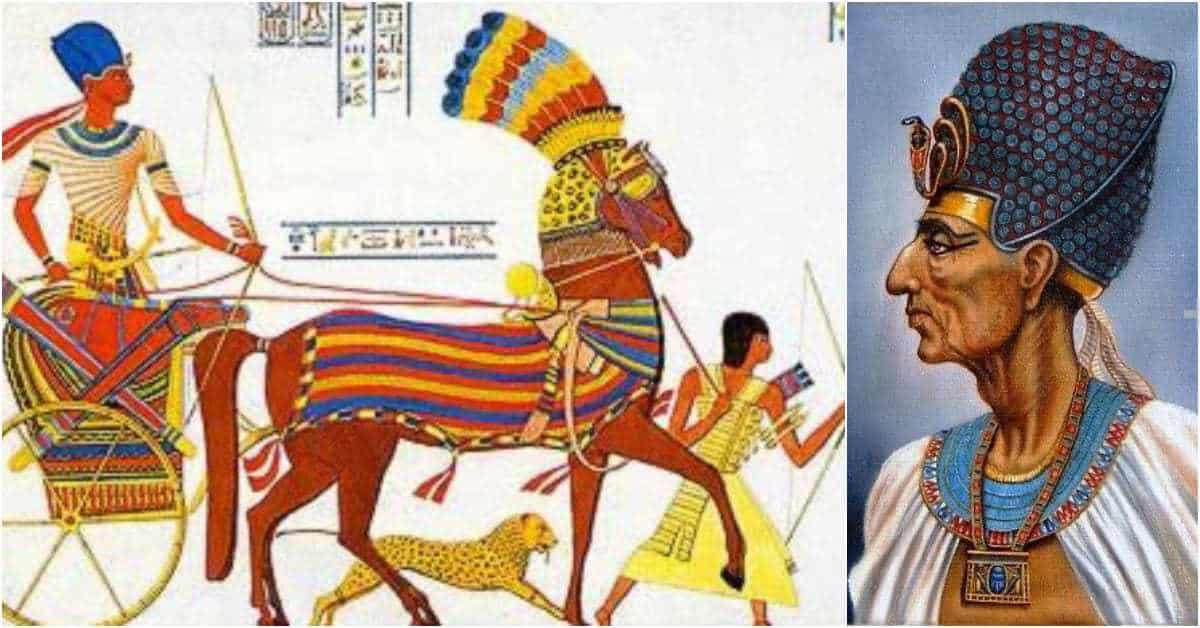The Battle of Kadesh (believed to have been fought in 1274 BC) was one of the first battles in history where the tactics and formations of both sides were known. We get this information from the legendary Kadesh inscriptions, and it is believed to be the largest chariot battle of all time, even though chariots were used in warfare for another millennium.
Although we have plenty of detail from Kadesh, historians can’t agree on whether the Egyptians won, the Hittites won, or if it was a stalemate. The most likely outcome was a tactical win for the Egyptians even if there was no strategic advantage gained.
Background
The New Kingdom of Egypt was formed in around 1550 BC after the Egyptians managed to expel the foreign Hyksos rulers. This era was to last for almost 500 years and was arguably the most prosperous period in Egyptian history. Although the Eighteenth Dynasty had some famous rulers, Egypt started to lose territory in northern Syria. The first rulers of the Nineteenth Dynasty, Ramses I and Seti I, attempted to restore Egypt’s empire to the great days of the Thutmosis pharaohs.
While Seti captured Kadesh, it lapsed back into Hittite control as that kingdom continued the incursions into Egyptian territory that had begun back in the 15th century BC. Ramses II, son of Seti, became pharaoh in 1279 BC and vowed to regain Kadesh.

His main goal was to permanently drive the Hittites away from Egyptian borders and believed the capture of Kadesh would help him achieve his ambition. Kadesh was known as a great center of commerce at the time and if Egypt could reclaim it, the empire would benefit from increased trade and would also increase its borders.

The main reason why the Battle of Kadesh is such a momentous conflict is that it was the largest chariot battle of all time and became part of the legend of Ramses II. Egypt had expanded its territory significantly during the New Kingdom and was arguably at its greatest extent during the reign of Thutmose III. Much of its success was based on the skill of its charioteers.
When used correctly, the chariot was a phenomenal weapon at the time. It was used to transport an army’s elite warriors, fire weaponry on the move, charge enemy positions, and polish off the remnants of a fleeing army. Egyptian chariots were fast, versatile and easy to maneuver. They were normally pulled by two horses and had one driver. In some cases, one or two soldiers with bows and up to 100 arrows would also be on board.
Soldiers may also have been armed with javelins and curved swords, so they were effective at a distance or close range. At Kadesh, the Egyptians faced a formidable enemy. While Ramses had approximately 2,000 chariots at his disposal, the Hittites had anywhere from 2,500 to 3,700. Overall, there were probably over 5,000 chariots on the battlefield and anywhere between 40,000 and 70,000 soldiers.

